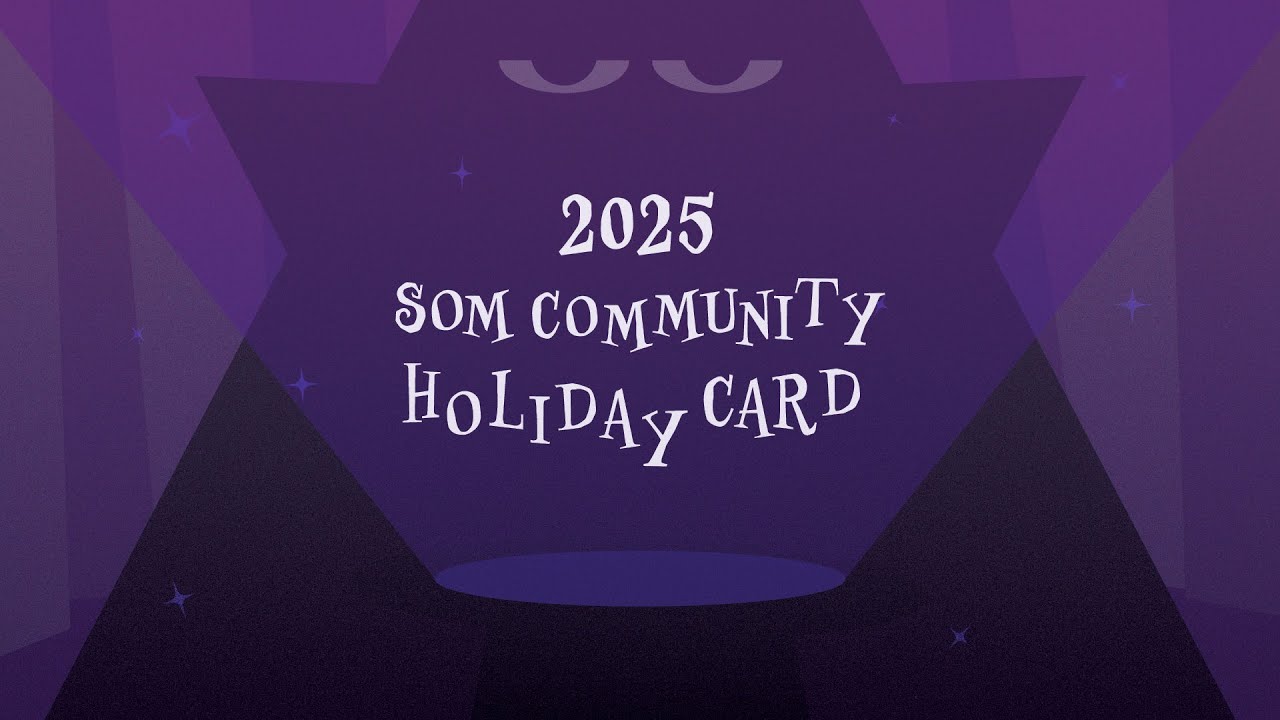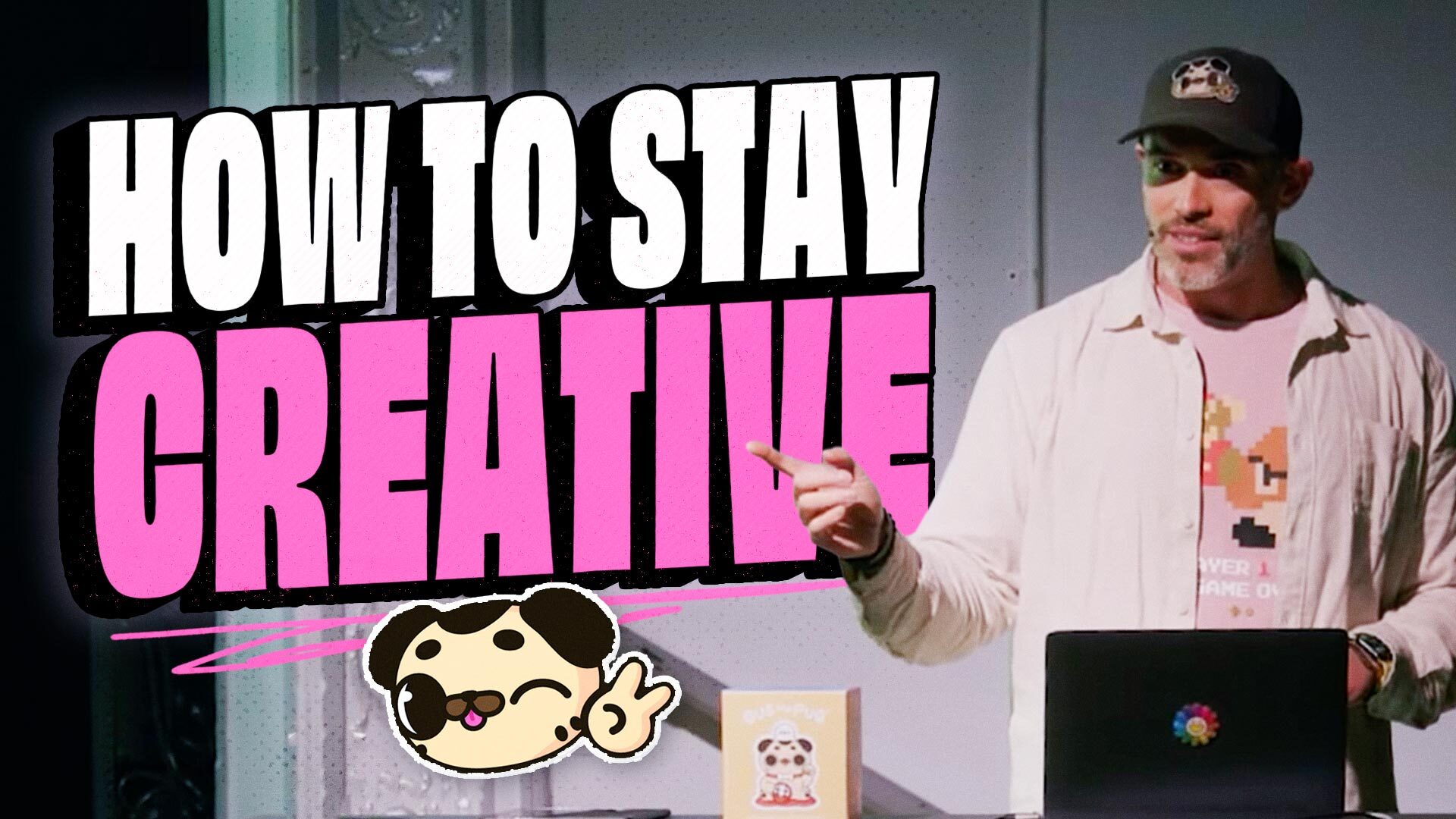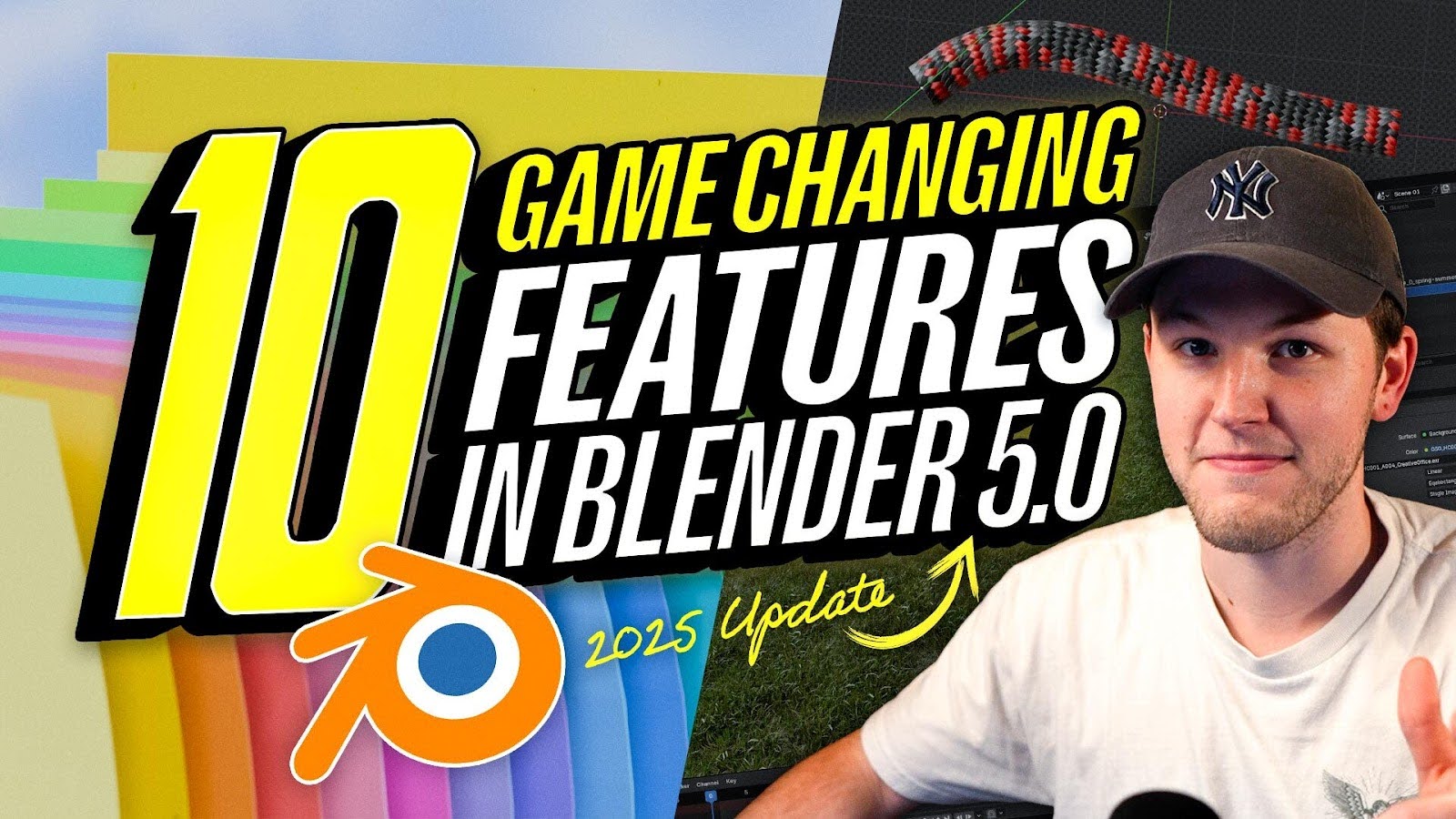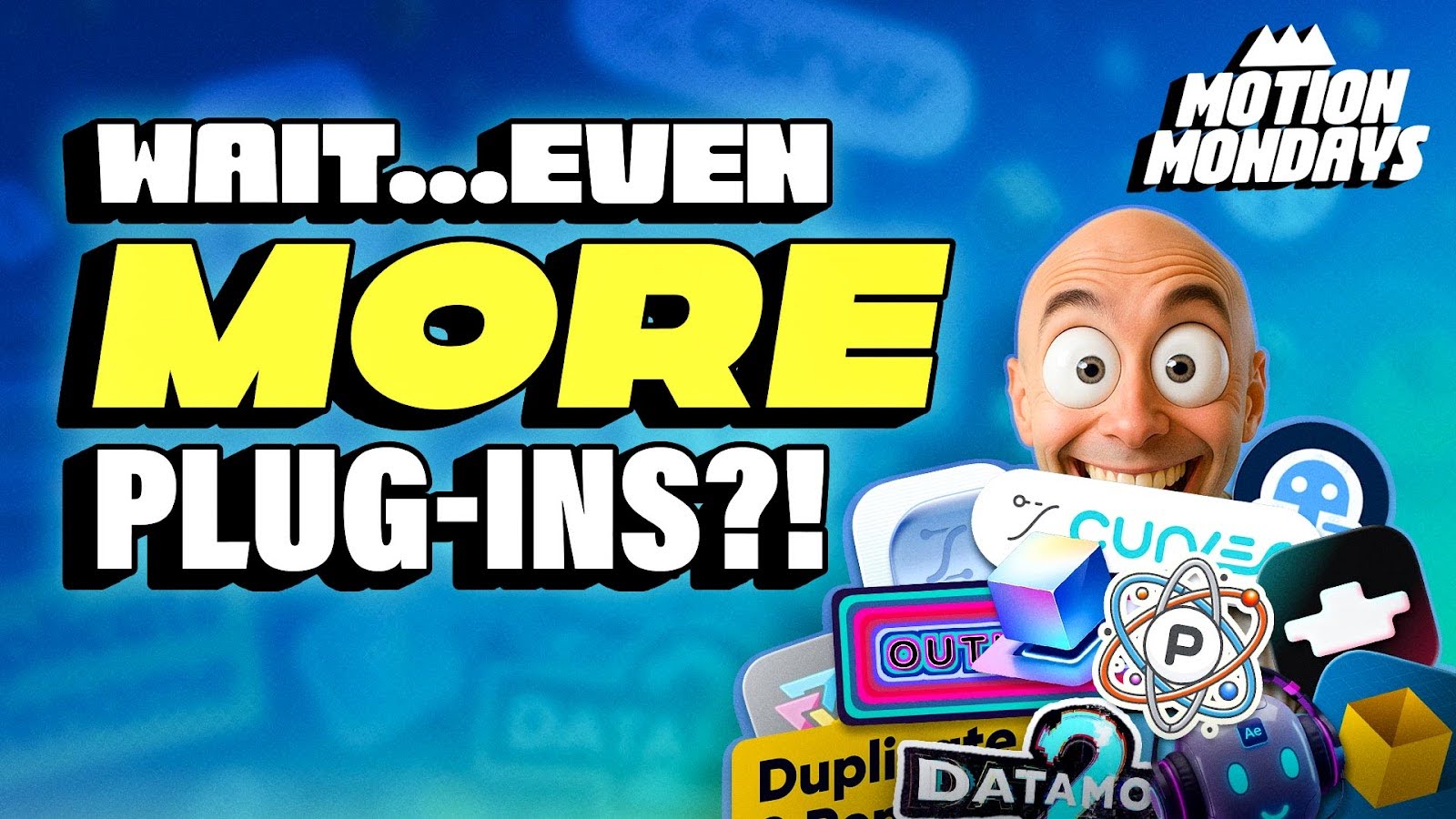Thank you! Your submission has been received!
Oops! Something went wrong while submitting the form.
Are you smart about motion?
Our free weekly newsletter keeps 100K+ motion designers informed.
Oops! Something went wrong while submitting the form.
The latest motion design and animation trends, tips, and tutorials.

Article
Building a Career in Design: 5 Things I Wish I Knew When I Got Started
Honest lessons on growth, confidence, and staying in the design game.
Design
Inspiration
Career Advice
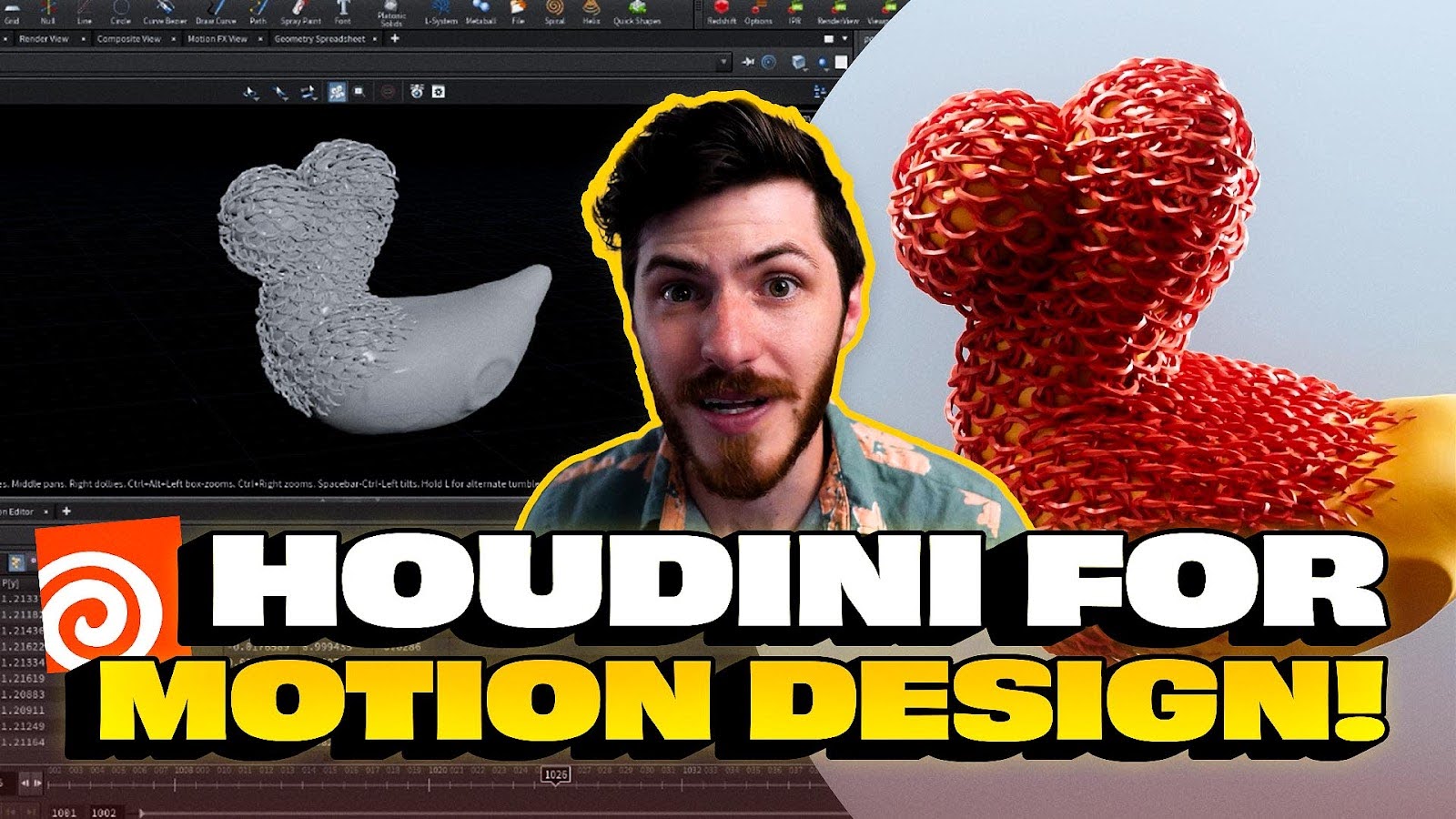
Tutorial
Why Houdini's Procedural Workflow Is Changing Motion Graphics Forever
Discover the power of procedural workflows in Houdini and learn how they can transform your motion graphics process.
Tutorial
Animation
3D Animation

Article
Cavalry’s INSANE Web Tool, Spline’s 3D Surprise & AI Relighting Magic | Motion Mondays
Cavalry launches browser-based motion templates, Disney partners with OpenAI for generative video, and Beeble drops AI relighting that feels like magic.
Motion Mondays
News
Inspiration
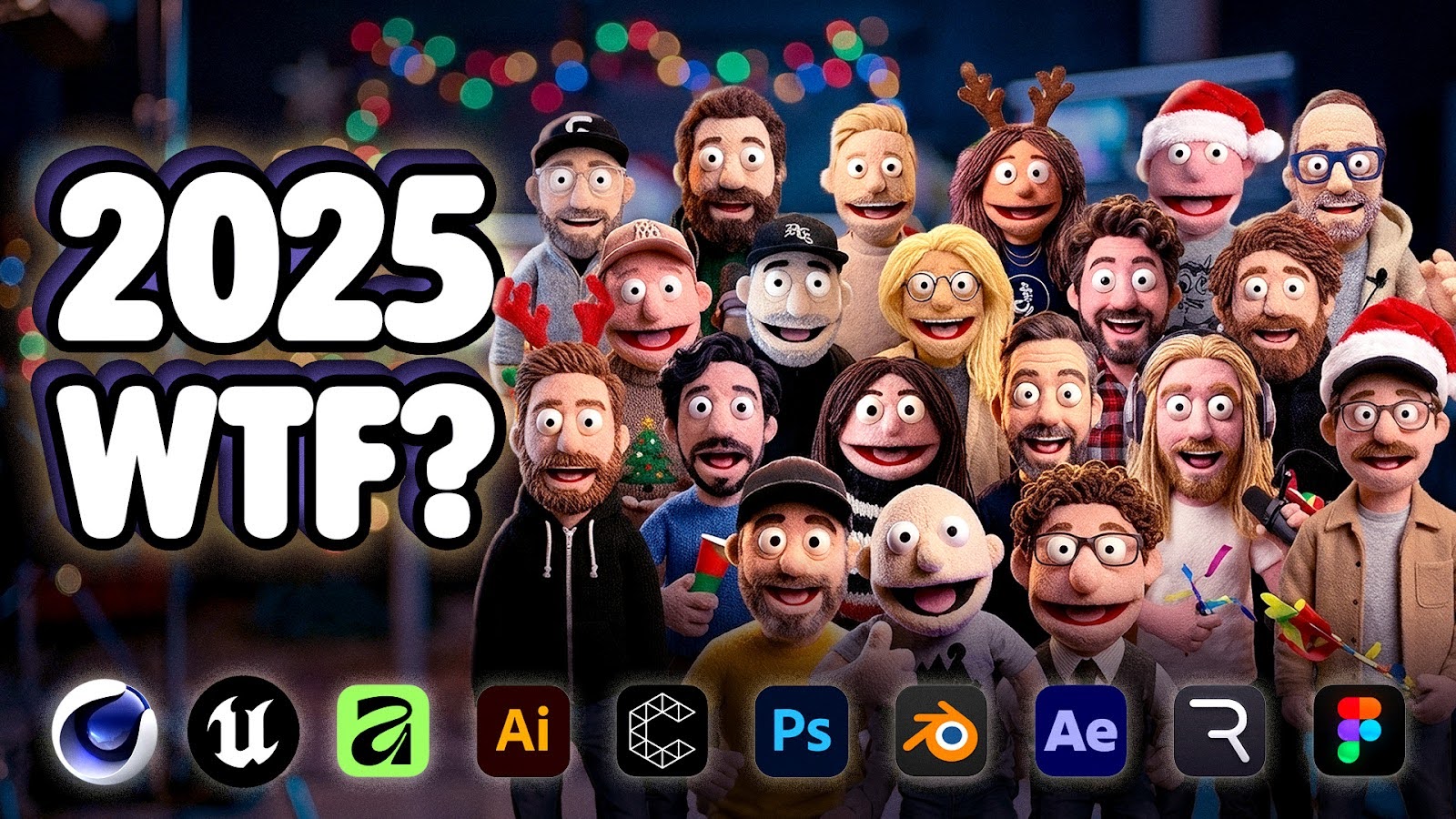
Podcast
Unpacking the State of Motion Design in 2025
Join Joey and the gang as we look back at the last year of the motion design industry and try to figure out what the next 365 days and beyond will look like.
3D Animation
After Effects
Animation
Business
Cinema 4D

Article
Procreate Dreams 2 is INSANE + Stranger Things Title Secrets | Motion Mondays
Procreate’s huge release, motion design magic from the upside down, and corporate media giants go to war.
Motion Mondays
Inspiration
News

Article
Maxon Cloner Upgrade & Cavalry's New Deformers | Motion Mondays
Maxon attacks with the clones, Cavalry adds deformers, and Cascadeur makes character animation much less painful.
Motion Mondays
Inspiration
News
Animation
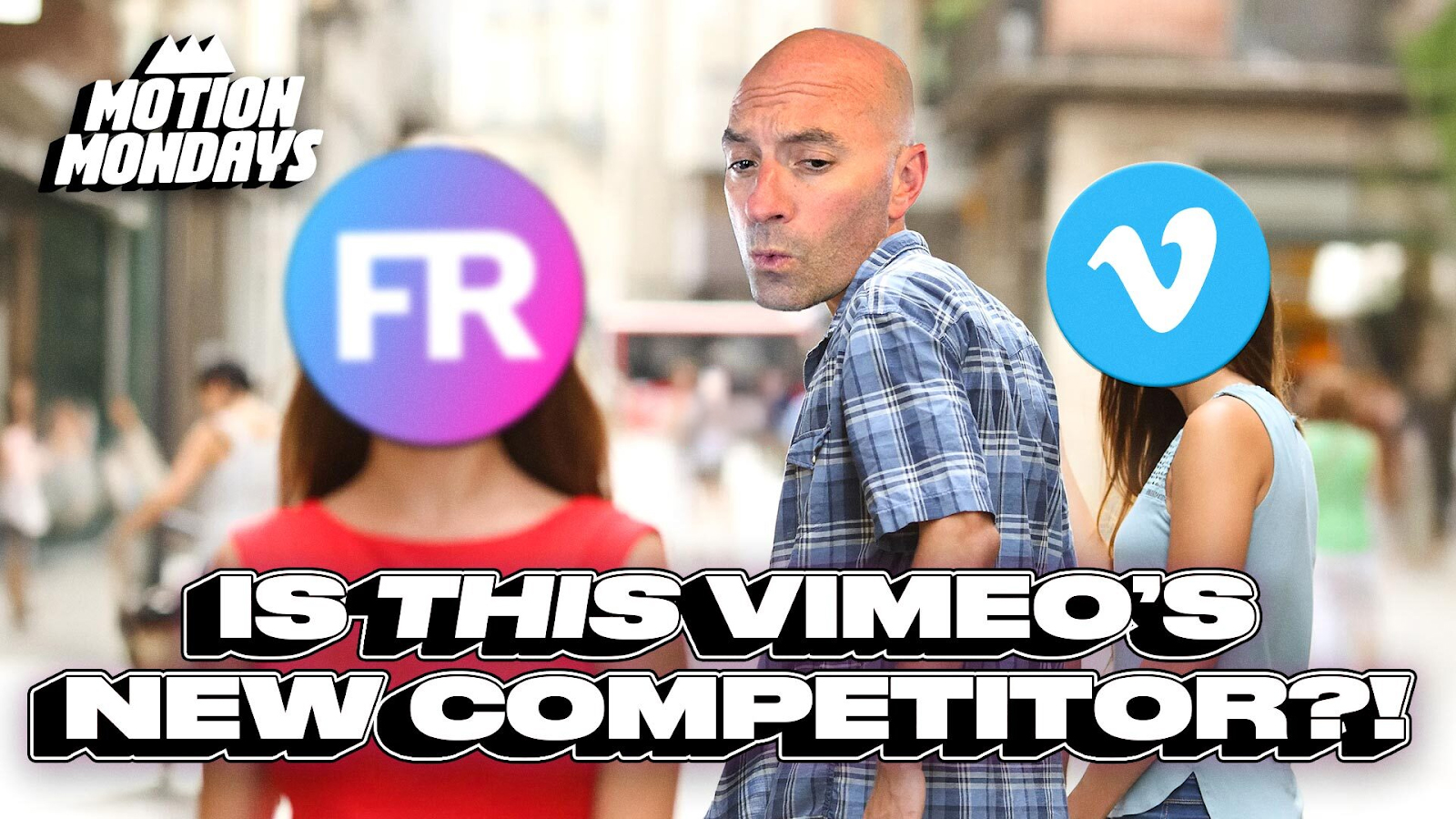
Article
A New Vimeo for Artists, Meta Backlash & Rive Blows Our Minds AGAIN | Motion Mondays
Rive launches their biggest feature yet, Meta stirs up some controversy, and Vimeo gets some real competition.
Motion Mondays
Inspiration
News
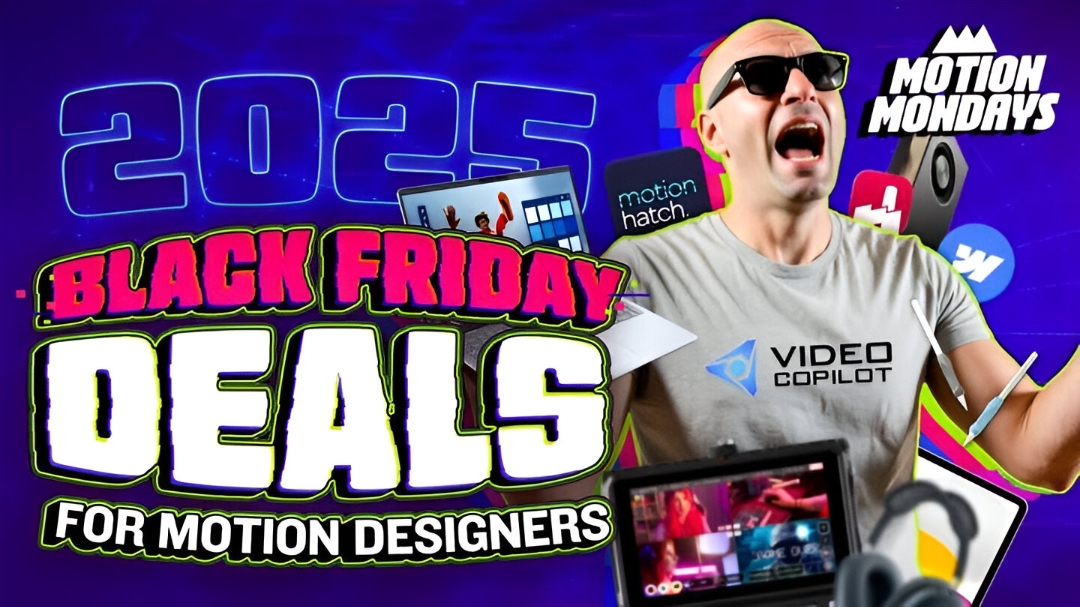
Article
50 INSANE Black Friday Deals for Motion Designers | Motion Mondays
Black Friday is here and we've packed all the deals for motion designers into one episode—from plugins that'll speed up your workflow to that dream chair your back's been begging for.
Design
Animation
Editing
Hardware
Motion Mondays
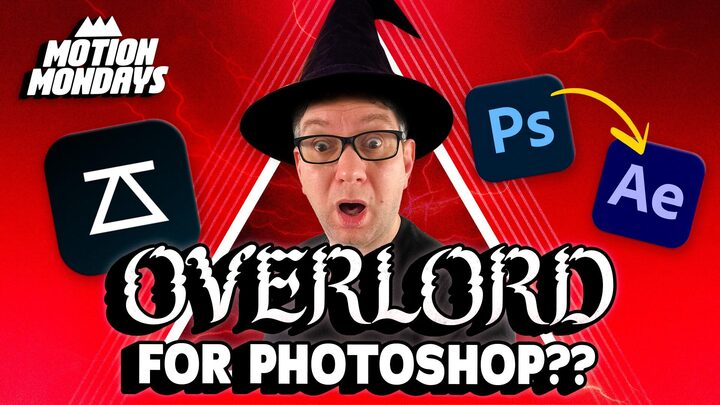
Article
Overlord adds Photoshop Support & Unreal 5.7 Goes Green | Motion Mondays
Overlord ends the After Effects-Photoshop Cold War, Unreal Engine 5.7 drops with some big updates, and Apple goes old-school on branding.
News
Inspiration
Animation
Design
Motion Mondays

Article
Adobe MAX’s Craziest Reveals, After Effects Upgrades & The Mill is Back? | Motion Mondays
Adobe reveals insane new tech, After Effects gets some new upgrades, and the Mill is back from the dead - along with the ghost of unpaid artists.
Motion Mondays
Inspiration
News
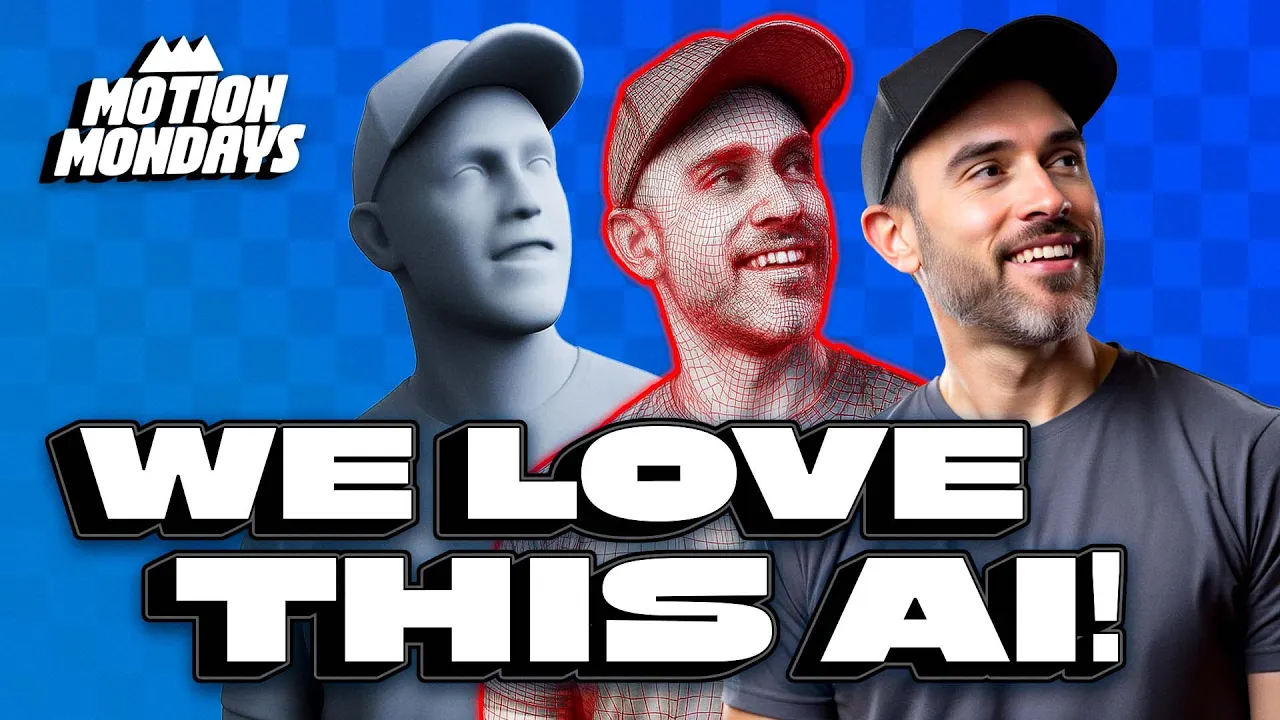
Article
The One AI Tool 3D Artists Actually Want & VFX on Your iPhone | Motion Mondays
AI tackles retopology, a mind blowing VFX workflow on your iphone, and a new After Effects course you won’t want to miss.
Motion Mondays
Inspiration
After Effects

Tutorial
How We Created Tron "Rezzing" Effects in Unreal Engine
Learn how to create Tron-style voxel VFX and motion graphics!
Unreal Engine
Tutorial
3D Animation
Animation
Visual Effects

Article
Adobe MAX Starts Soon, Maxon Teases New Tech + Cavalry 2.5 Arrives | Motion Mondays
Adobe Max is coming, Maxon is teasing powerful new tools, Cavalry goes big on collaboration.
Motion Mondays
Inspiration
News

Podcast
How to Build a Tutorial Empire Like Ben Marriott
How to Negotiate Your Salary and Build a Creative Empire Like Ben Marriott (Plus: His Brutally Honest Take on AI)
Business
Inspiration
After Effects
Career Advice

Article
Blender 5.0 Mograph Tools & Premiere for iPhone | Motion Mondays
Blender gets mograph tools, Premiere and Cascadeur go mobile, and After Effects gets a new free plugin!
News
Business
Inspiration
🤷
No results found.
Please try different keywords.



